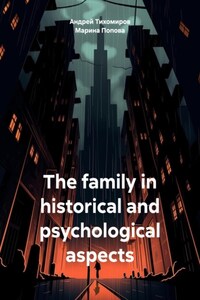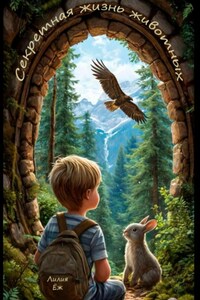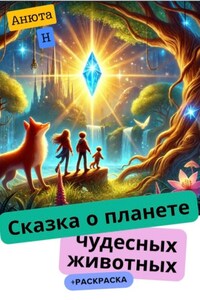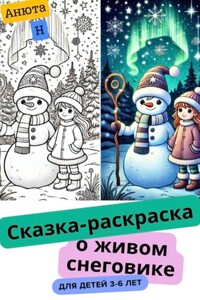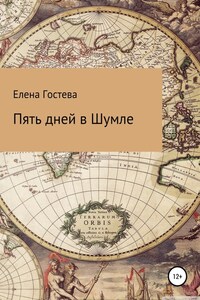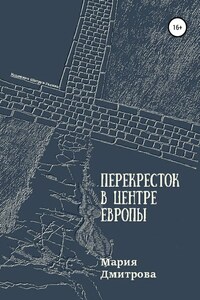Research on family relations
Anthropologist Lewis Henry Morgan (1818-1881) conducted the first review of kinship terminology used worldwide. Although much of his work is now considered outdated, he argued that kinship terminology reflects different sets of differences. For example, most kinship terminology distinguishes between the sexes (the difference between brother and sister) and between generations (the difference between child and parent). Moreover, he argued that kinship terminology distinguishes between blood relatives and marriage, although some anthropologists have argued that in many societies kinship is defined not only by the terms "blood".
Early researchers of family history applied Darwin's biological theory of evolution in their theory of the evolution of family systems. Morgan published the book Ancient Society in 1877, based on his theory of the three stages of human progress from savagery through barbarism to civilization. Morgan's book served as "a source of inspiration for Friedrich Engels' book The Origin of the Family, Private Property and the State, published in 1884. Engels expanded Morgan's hypothesis that economic factors caused the transformation of a primitive community into a society divided into classes. The general pattern of family development in the primitive era consists in "the continuous narrowing of the circle that initially covers the entire tribe and within which the marital community between both sexes prevails" (Engels F., The origin of the family, private property and the state, Politizdat, Moscow, 1953, p. 46). The theory of resource control by Engels, and later by Karl Marx, was used to explain the causes and consequences of changes in the structure and functions of the family. Morgan distinguished between kinship systems that use classification terminology and those that use descriptive terminology. Classification systems are usually understood as those that combine relatives in one term, who actually do not have the same type of relationship to the ego. What defines kinship of the same type according to such definitions seems to be genealogical kinship. This is problematic, given that in any genealogical description, no matter how standardized it is, words originating from the popular understanding of kinship are used. What Morgan's terminology actually distinguishes are those (classification) kinship systems that do not distinguish between direct and collateral relationships, and those (descriptive) kinship systems that do. Morgan, a lawyer, came to this distinction while trying to understand Seneca's inheritance practices. The property of a Seneca man was inherited by his sisters' children, not his own children.
In the earliest period of mankind's existence – in the era of the primitive herd, when sexual relations were not ordered, and kinship relations had no social significance, the family as a social unit had not yet taken shape. At that time, with the general extremely low state of productive forces and the amorphous state of society, there could not be any strong, custom-fixed ties between individual couples who joined for a while, and between parents and their offspring. It was only on the verge of the early and late Paleolithic, with the emergence of the genus, that the first form of family appeared – the oldest group family in which all men of the same phratry genus were potential husbands of all women of another similar group. The group family has undergone a number of changes in its development: from the described initial family, which encompassed entirely two generic groups, to more complex forms of marital classes, which were survivably preserved in the 19th century among the indigenous population of Australia.
"Science has established that the fundamental difference between humans and animals occurred about a million years ago in South Africa. It was based on mutational processes that led to the fact that the protein packaging of DNA was rearranged in the areas associated with the development of the brain of the "zone of accelerated human development". These areas of the brain of ancient human ancestors happened to be next to enhancers – enhancers of gene activity, which became a turning point in the history of ancient people. But this accident was also a necessity that arose, in all probability, with the change of food consumed by ancient ancestors, it was the use of food cooked on fire that served as this impetus. Africa is the place where the first hominids appeared – humanoid creatures. Until now, science has proceeded from the fact that there were three waves of migration from Africa to the Eurasian space: 2 million years ago it was Homo erectus, half a million years ago – the ancestors of the Neanderthal and 50 thousand years ago – our ancestors, Homo sapiens. A fourth wave can now be added to them, at least after analyzing the hereditary material. It was most likely a Denisovan man (Homo altaensis). For a long time, there was no consensus among scientists about exactly where on the continent man appeared, whether in the Awash National Park in Ethiopia, or in the Olduvai Gorge in Tanzania, or in South Africa. Theories have been put forward that the ancient ancestors of humans did not appear in one particular point in Africa, but originated in different parts of it. Now, scientists have identified the place of human formation – South Africa. In the process of human formation, an important role was played by the fact that human ancestors consumed both plant and animal food, this is the period of the Early Paleolithic. Such a variety of food had a huge impact on the development of the entire human ancestral body and especially the brain. Fishing, which has been developed since the end of the Paleolithic, also provided ancient man with new food containing substances important for his development. But the main thing was that ancient man mastered fire and began to cook on it: roast and bake meat, fish, plants. This was carried out on coals, in hot ashes, on red-hot stones, in pits lined with stones. These ancient forms of cooking have been preserved for a long time by some peoples of Australia and Oceania. Animals, even the highest ones, are afraid of fire and avoid meeting it in every possible way. Therefore, fried and boiled food can be eaten only occasionally as a result of waste or stealing food from a person. It is known that prolonged stay of a person or animal on one particular diet regime changes the secretory response of the glands to food stimuli, which is due to a change in the functional state of the food center. The food center is the formation of the central nervous system of humans and higher animals that regulate the intake of nutrients into the body and their processing in the digestive tract. The concept of a food center was introduced by I.P. Pavlov on the basis of the doctrine of conditioned reflexes created by him. The work of the food center, due to the degree of satiety of the body and food irritants, causes the body to move for food, take food and release digestive juices. Like the respiratory center, the activity of the food center is carried out periodically and is regulated by changes in the chemical composition of the blood, stimuli associated with food intake, and agents acting on the interoreceptors of the food tract, which, in turn, affects the brain" (Tikhomirov A.E., When and why did a person arise? "LitRes", Moscow, 2023, p. 1).
